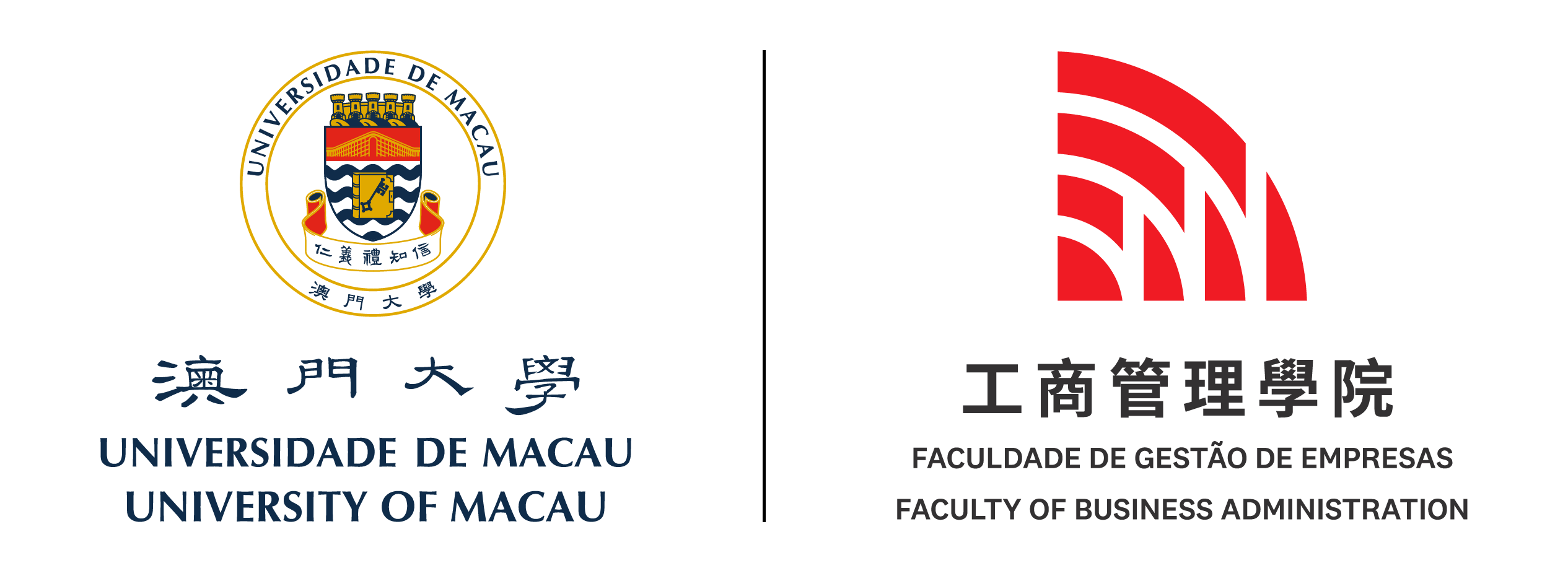Prof. Richard QIU, Assistant Professor in DRTM recently published a research article “Visitor arrival forecast amid COVID19: Asia-Pacific team” in the top journal titled “Annals of Tourism Research”.
Visitor arrival forecast amid COVID19: Asia-Pacific team – Practical implications
- The study conducted tourism demand forecasts on 120 origin-destination pairs. These results can be considered by the DMOs of these destinations for the strategic plan of recovery and future development of the tourism industry;
- The study describe a tourism demand forecasting framework that can be utilized by the firms or governments to conduct their own forecast of tourism demand. The framework is specifically useful in a large scale forecasting context;
- The study suggested three distinctive recovery pattern in the late and post pandemic stage. Although the forecasts in the study may not 100% valid now due to the development of the pandemic in the past year (the original forecast was done around October 2020), the logic could be applied to the current data and update the forecast of the recovery pattern;
- The result from the study and the realized tourism demand can help us to gain additional knowledge on the practice of tourism demand forecasting amid a crisis.
Prediction of the tourism demand for Macau, HK, Mainland
The international visitor arrivals in Macao and Hong Kong are not expected to recover much in 2022. For Hong Kong it may not even reach half of the volume in 2019 in the most optimistic scenario, and for Macao, it would be a little better and go a bit above half of the volume in 2019 (in the most optimistic scenario). Both destinations would expect a full recovery (i.e., getting the volume back to it was in 2019) around the end of 2023. These forecasts highly depend on the trend of the pandemic in the future.
The variable selection are different for two part of the forecasting system. In the first part of the system, we generate baseline forecasts from a statistical model, and only real GDP index and exchange rate adjusted relative CPI are used as predictors. It would be difficult to include other variables in a large scale forecasting project. In the second part of the system, we generate the recovery path by adjusting the baseline statistical forecasts. The number of COVID-19 cases, border control policies, and economic performances of the origins and the destinations are considered to determine the recovery path.
Prediction of the tourism demand for Macau, HK, Mainland – Practical implications
- On a global level, the volume of international visitor arrivals in 2021 are expected to be around 20% of its 2019 level in an optimistic scenario, and below 10% of its 2019 level in an pessimistic scenario. The volume are forecast to recover back to its 2019 level in 2023 in the optimistic scenario, and to merely 50% of the 2019 level in 2023 in the pessimistic scenario.
- Income of the origin market and relative price of tourism products at the destination remain the two major predictor in statistical forecasting models. The information on COVID-19 cases, policies of border control, and economic performances are important factors to be considered in adjusting the statistical forecasts.
- Large scale of tourism demand forecasting system is still important and useful for local tourism firms and destination management offices to understand the global trend and market environment.
Multiple statistical methods and expert judgments should be utilized to generate reasonable forecast of tourism demand amid the pandemic.

